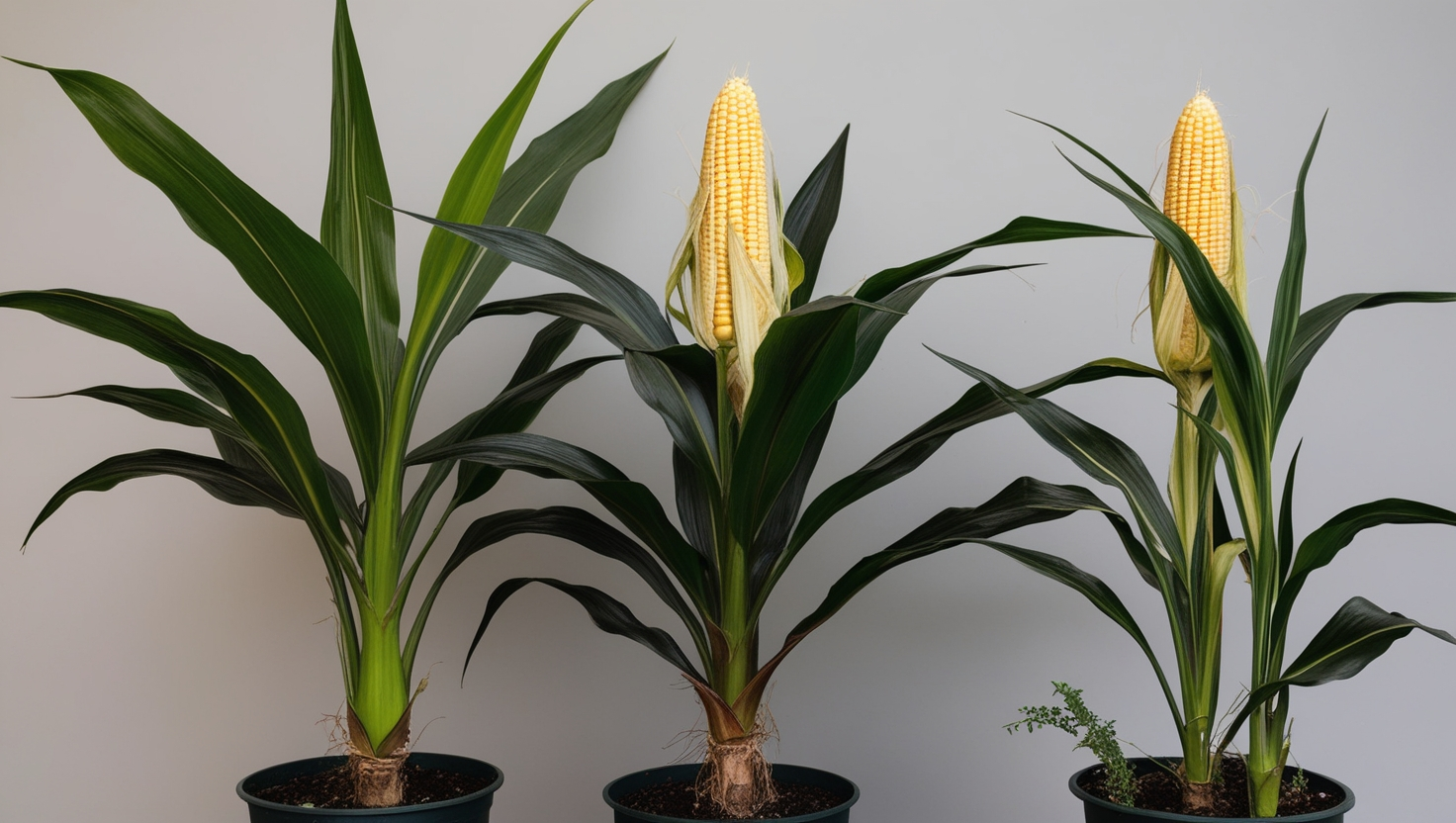
Floral diversity is excellent, with species differing in structure, habit and classification. One common question among plant enthusiasts and botanists is: ‘Is a Corn Plant Dracaena a Monocot or Dicot?’ This query opens the door to plant taxonomy and presents specific differences of the genus Dracaena. Therefore, let us proceed to the answer and ces of this topic while doing so. While doing so
Monocots and Dicots: What You Need to Know
However, before accepting or rejecting the statement that a corn plant, Dracaena, is a monocot or dicot, let us briefly discuss what these terms mean. According to the structure of seeds today, flowering plants are termed monocots and dicots based on the features of the seed and some other characteristics of plants.
Monocots (Monocotyledons): These plants produce seeds with a single embryonic foliage, or Cotyledon, known as Monocotyledons. These are parallel venation of the leaves, staining and scattered vascular bundles, and fibrous root systems, besides other features where several floral segments are in sets of three.
Dicots (Dicotyledons): Dicots contain seeds with two primary leaflets- Cotyledons. These include reticulate venation of the leaves, acuminate blades with state^{342} bases, a vascular bundle cyclo, a tap root system, and megasam pregion floral parts feature Madness, usually in fours or fives.
What is a Corn Plant Dracaena?
Dracaena is a well-known tropical plant genus used for interior decoration in apartments and offices and for general interior decoration. It is also called a corn plant because it has erect, stout stems and long blade-like structures. These plants are easy to care for, clean the air, and do well in various environments besides homes.
Many people can quickly identify the species of this genus as Dracaena fragrans, known as the corn plant in residential homes and offices. However, to squarely answer the question, “Is a corn plant Dracaena a monocot or dicot ?” it is crucial to look at the plant’s morphological characteristics.
Is a Corn Plant Dracaena a Monocot or Dicot?
The answer is clear: The corn plant Dracaena is a monocot with spoon-shaped leaves with ridges. It has been classified appropriately by considering certain structural and developmental aspects of the plant, which are by the features of monocots. It is, therefore, appropriate to discuss these dimensions of our traits in detail.
Some features of the natural and physiological morphology of Dracaena as monocotyledons
Seed Structure: The seed of a dracaena plant is a monocotyledon, as we know that dracaena plants are monocots. Their single embryonic leaf is one of the features that makes it easy to identify plants in the monocot class.
Leaf Venation: Dracaena also has one of the most conspicuous features of parallel venation. They are long, strap-shaped with veins that r, un along the length of the margins, a characteristic of monocots.
Stem Anatomy: Another feature to note for the monocots is that the vascular bundles in this plant stem are scattered. This differs from the organised ring pattern of vascular bundles that characterise dicots.
Root System: Dracaena has a fibrous root system familiar to the monocot dry plant specimens. While dicots have a tap root system, fibrous roots spread everywhere, providing good anchorage to the plant.
Floral Structure: Even though Dracaena is mainly grown for its leaves when it begins to flower, the floral parts are arranged in multiples of three in lines with monocot plants.
Why the Confusion?
It has become confusing whether the corn plant Dracaena is a monocot or a dicot since people often equate a corn plant to actual corn (Zea mays), a monocot. It may be confusing because both plants bear nearly the same English names, while in fact, they represent two completely different species that are totally different in their_TARGET genres and are monocots anyway!
The Necessity of Monocot Classification in Dracaena Cultivation
That a corn plant Dracaena is a monocot not only makes for trivia knowledge, but it should also dictate how we gardeners manage the plants. Here’s why this classification matters:
Watering Needs: Many types of monocot stems, like the Dracaena, have fibrous root systems, which make them very efficient at absorbing water. Styling: However, they are vulnerable to root rot in case of overwatering, so they should be allowed to dry between waterings.
Fertilisation: As one of the slow-growing monocots, fertilising the Dracaena species should be rare. Applying a faisomewhatluted fertiliser product several times during the year is often sufficient.
Light Requirements: It is propagated in the same manner as most monocots in a location with bright but indirect sunlight. It is best suited to medium to high light because, in lower light, it tends to grow somewhat slower.
Pruning and Propagation: Realizing that Dracaena is a monocot makes propagation easier. Monocots are usually easy to propagate through cuttings or division, hence the ability to start many plants from one.
Functioning Indoor Environment: The case of Dracaena
Its common name, corn plant Dracaena, is also attributed to the functional values that it brings to residential houses as decoration. NASA’s Clean Air Study has accredited it for air purification abilities. Its main advantages, such as filtering toxins like formaldehyde, benzene, and xylene, make it desirable in homes and offices.
Also, due to its hardiness and ease of cultivation, young gardeners are best advised to work with the plant. This knowledge lifts the blind off its eyes to part and parcel understand its versatility and other botanical characteristics that peg it down as a monocot.
Conclusion
In conclusion, the issue “Is a corn plant Dracaena a monocot or dicot?” has been addressed. The Dracaena maize plant is unquestionably a monocot. Like the parallel leaf venation system, scattered vascular tissues, fibrous roots system, and flowers in threes or multiples, its structure confirms this plant to the monocotyledon family.
The fact that Dracaena belongs to the monocot group not only helps to satisfy botanical interests but also improves the possibility of harmonious living with such a fascinating plant. Whether used as a house corner decoration or an air-purifying office plant, the corn plant Dracaena has never lost its charm with plant lovers, caretakers, or florists.
Knowing the monocot characteristics and providing appropriate care for this plant, you can use it in your home and garden for many years. The next time someone asks you, “Is a Corn Plant Dracaena a Monocot or Dicot?”


